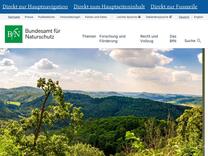In May 2000, the Conference of the Parties to the Convention on Biological Diversity (CBD) accepted “the invitation to participate in the international work program on sustainable tourism development under the Commission on Sustainable Development process with regard to biological diversity, in particular, with a view to contributing to “international guidelines for activities related to sustainable tourism development in vulnerable terrestrial, marine and coastal ecosystems and habitats of major importance for biological diversity and protected areas, including fragile riparian and mountain ecosystems, bearing in mind the need for such guidelines to apply to activities both within and outside protected areas, and taking into account existing guidelines”.
Beschreibung In June 2001, the Secretariat of the CBD with financial support from the German

